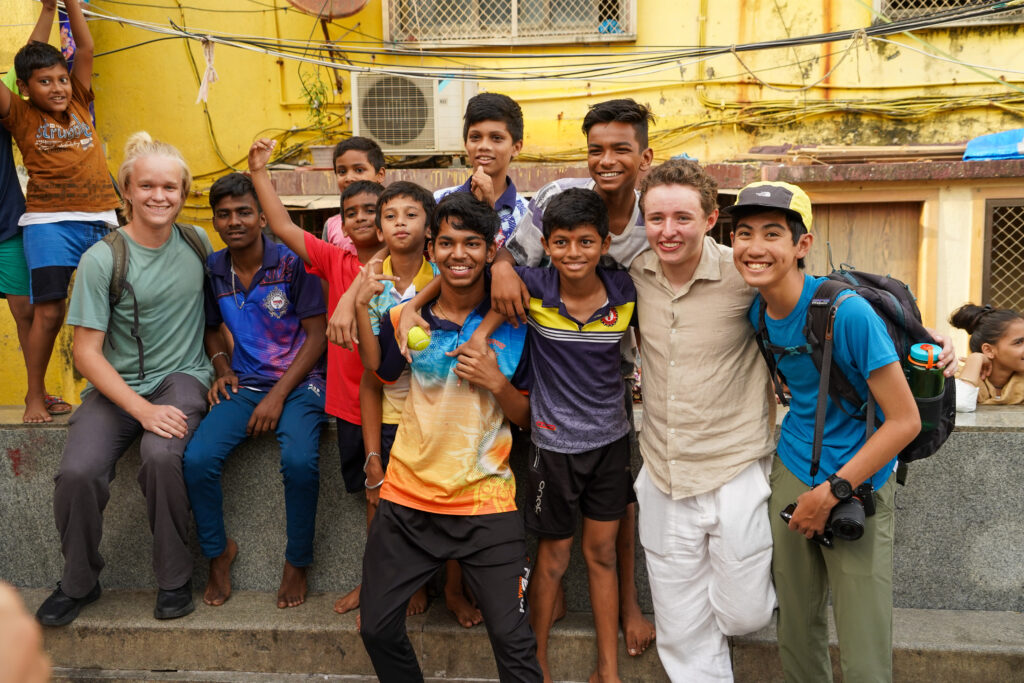Driving Question:
How can I plan and give a tour of “The Other Side of the Bay” (South Mumbai)?
Project Summary:
Yosef M. from Mexico, inspired by his classmates’ interest in exploring southern Mumbai, organized a guided tour for his first personal project. This tour provided a small group of four or five people with the opportunity to experience and learn about various aspects of the city.
To ensure the tour’s success, Yosef undertook extensive research and planning. He investigated how to effectively organize a tour, set criteria for selecting the best locations, and devised a budget. Additionally, he prepared himself to speak publicly about the sites they would visit, ensuring that he could provide informative and engaging commentary.
The tour was divided into several thematic sections. The first section focused on history and culture, with visits to significant landmarks such as the Gateway of India, Flora Fountain, Davidson Library, and Bombay Court. These locations offered insights into Mumbai’s rich historical heritage. The second section explored art and architecture, taking the group to various art museums, a highly expensive private residence, and areas showcasing vibrant street art. This part of the tour highlighted Mumbai’s diverse artistic and architectural landscape.
In the third section, Yosef aimed to provide an understanding of the city’s transportation system. The group experienced different modes of transport, including the metro, auto-rickshaws (tuktuks), taxis, and public buses. This segment emphasized the sustainability and efficiency of Mumbai’s transport network. The fourth section focused on entertainment and hospitality, featuring visits to the Taj Hotel, Phoenix Palladium Mall, and the successful Chayos chain. This part of the tour showcased prominent hospitality and entertainment venues in the city.
The fifth section highlighted Mumbai’s religious diversity by including visits to a mosque, a synagogue, a Buddhist temple, and the Marathbas temple. This segment underscored the city’s multicultural and multi-religious fabric. The final section examined urban planning and infrastructure, with stops at the Worli Sea Link, Marine Drive (Queen’s Necklace), and the ongoing Mumbai Coastal Road Project. These locations illustrated the city’s architectural landmarks and ongoing efforts to improve urban mobility and infrastructure.

Despite some logistical challenges, such as last-minute changes in attendees, the tour was a success. Yosef’s enthusiasm and thorough preparation ensured a rewarding experience for the participants. Following the initial project’s success, Yosef continued to organize tours, expanding to additional sites like Mahatma Gandhi National Park, various temples, restaurants, and churches. This ongoing initiative demonstrated Yosef’s commitment to fostering curiosity and exploration, significantly extending the project’s impact beyond its original scope.